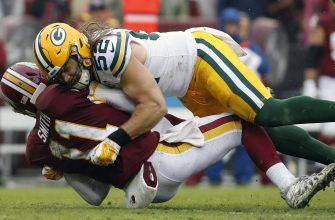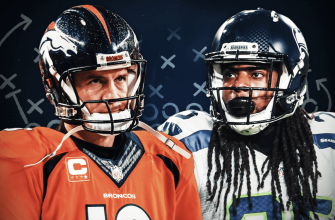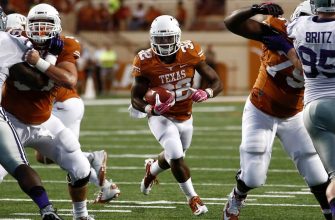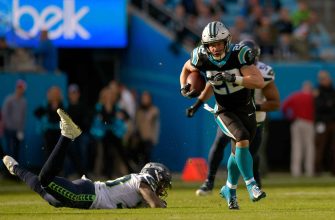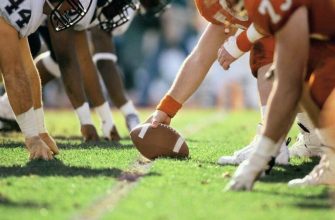Football is a game that combines strategy, skill, and athleticism. One of the most exciting and game-changing plays in football is the forward pass. The forward pass allows the offensive team to throw the ball towards the opponent’s goal line, opening up new possibilities for gaining yards and scoring touchdowns. However, there are specific rules and regulations surrounding the forward pass, and any violation of these rules results in an illegal forward pass.
Definition of an Illegal Forward Pass
An illegal forward pass occurs when the passer’s entire body and the ball are past the line of scrimmage at the time of release. It is important to note that a forward pass is different from a lateral pass, which is a backward pass. A forward pass must be thrown towards the opponent’s goal line, while a lateral pass moves parallel or backward. Understanding the distinction between these two types of passes is crucial to avoiding penalties for an illegal forward pass.
Types of Illegal Forward Passes
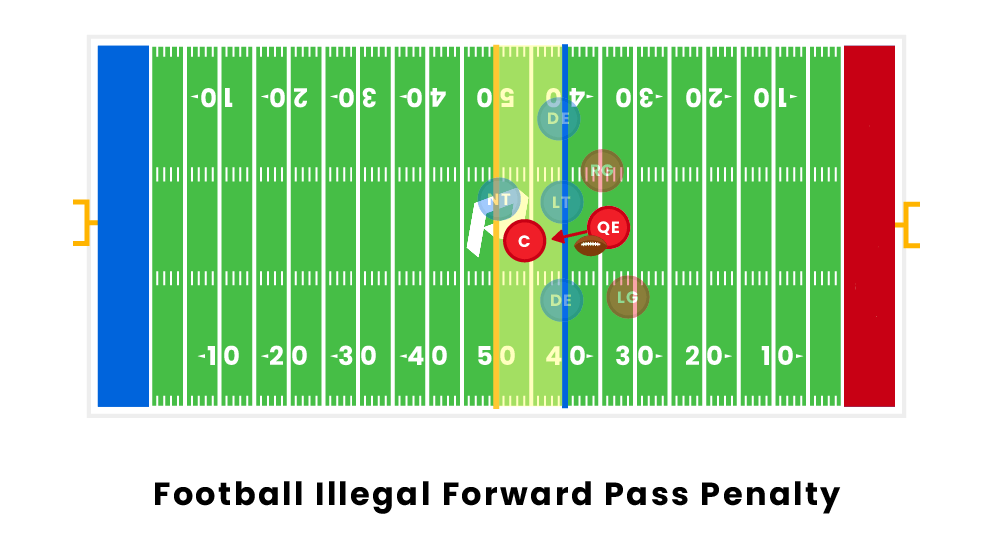
There are several scenarios in which a forward pass can be deemed illegal.
These include:
- Pass Thrown after Crossing the Line of Scrimmage: Once the passer crosses the line of scrimmage, any subsequent forward pass is considered illegal. This often occurs when the quarterback is under pressure and scrambles outside the pocket, attempting to throw a pass beyond the line of scrimmage.
- Second Forward Pass: The offensive team is only allowed to make one forward pass during a play. If a second forward pass is attempted, regardless of whether it is behind or beyond the line of scrimmage, it will be flagged as an illegal forward pass.
- Pass Thrown after Change of Possession: If a team gains possession of the ball, either through an interception or a fumble recovery, they are not allowed to throw a forward pass. Any forward pass attempted after a change of possession will result in an illegal forward pass penalty.
Penalty for an Illegal Forward Pass
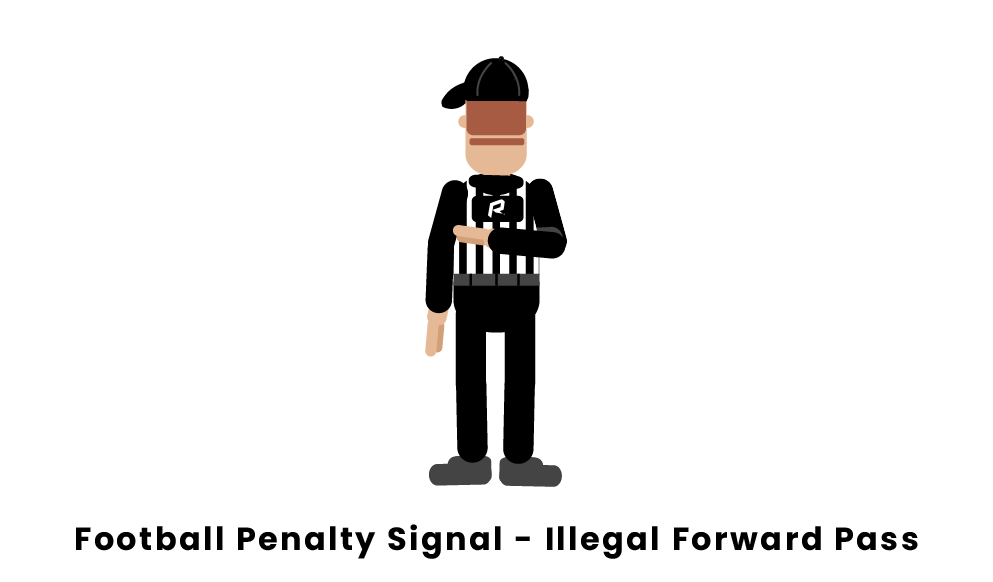
When an illegal forward pass occurs, the offensive team incurs a penalty. In most football leagues, including the NFL, NCAA, and high school football, the penalty for an illegal forward pass is a loss of yardage and a potential loss of down.
In the NFL, an illegal forward pass results in a 5-yard penalty from the spot of the pass, and if the pass is made beyond the line of scrimmage, it also results in a loss of down. Similarly, in college football governed by the NCAA, an illegal forward pass incurs a 5-yard penalty and a loss of down if possession has not changed during the play.
High school football follows similar rules to the NCAA, with the addition of a special provision. In high school football, players are allowed to legally throw a forward pass after crossing the line of scrimmage if they fully establish themselves behind the line before making the pass.
Specifics of Illegal Forward Pass Penalties
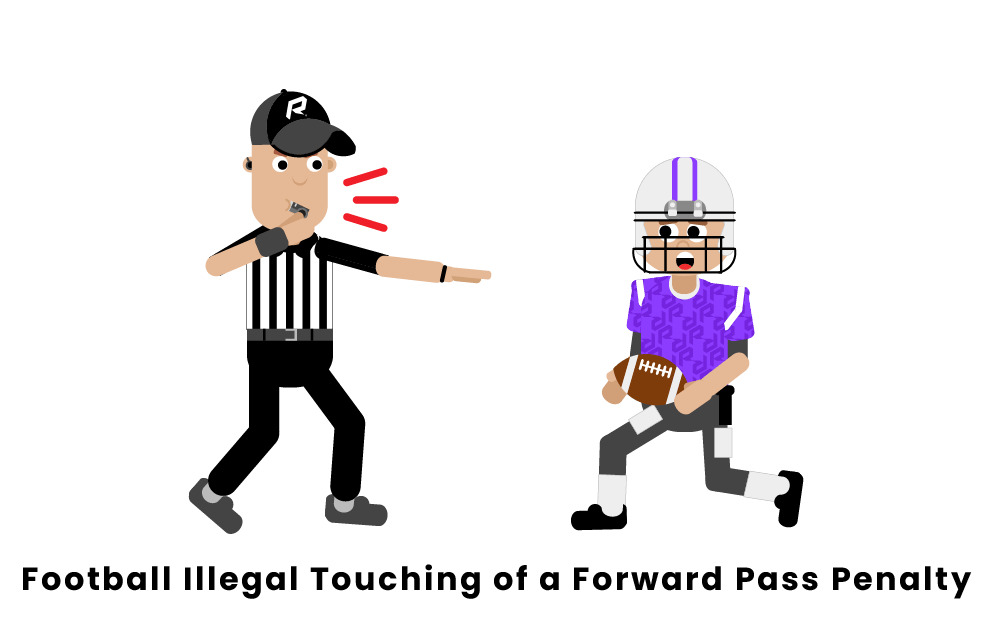
Let’s take a closer look at the penalty specifics for an illegal forward pass in different football leagues:
| League | Penalty for Illegal Forward Pass | Loss of Down? |
|---|---|---|
| NFL | 5-yard penalty from spot of pass | Yes |
| NCAA | 5-yard penalty from spot of pass | Yes |
| High School | 5-yard penalty from spot of pass | Yes |
| Canadian Football League (CFL) | 10-yard penalty from spot of pass | No |
It is important for players, coaches, and fans to be aware of these penalty rules to understand the consequences of an illegal forward pass.
Recognizing an Illegal Forward Pass
Officials use specific signals to indicate when an illegal forward pass has occurred. The signal for an illegal forward pass is usually one hand behind the back while pointing towards the offending team. This signal is primarily directed at the offense, except in cases where a change of possession occurs.
Examples of Illegal Forward Passes
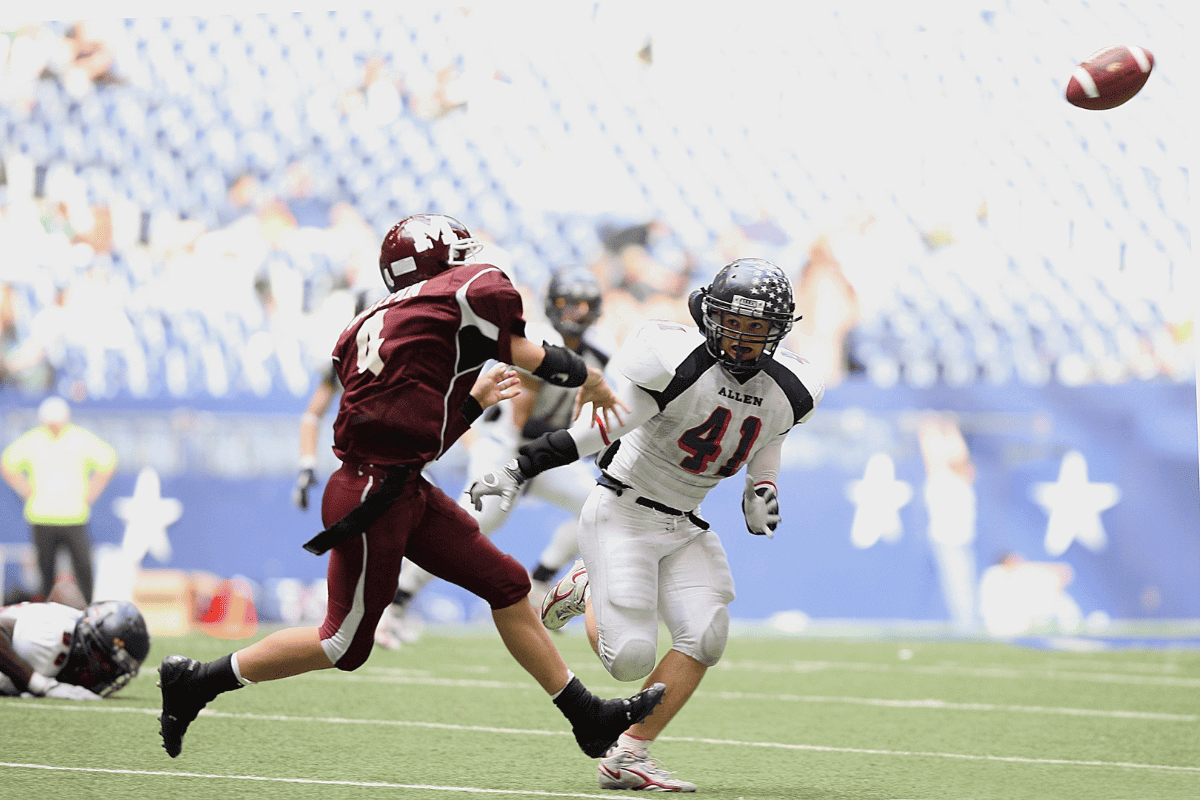
To provide a better understanding of illegal forward passes, let’s explore some common examples:
- Pass Attempted after Crossing the Line of Scrimmage: Imagine a quarterback scrambling outside the pocket, running towards the line of scrimmage, and then attempting a forward pass. If the quarterback has already crossed the line of scrimmage before releasing the ball, it will be considered an illegal forward pass.
- Second Forward Pass: In certain situations, a team may attempt a second forward pass during a play. However, this is illegal and will result in a penalty. For example, if a quarterback throws a short forward pass to a receiver who then attempts to throw a deeper pass, it will be flagged as an illegal forward pass.
It is essential for players and coaches to understand these examples to avoid penalties and maintain a fair and legal game.
Frequently Asked Questions about Illegal Forward Passes
Let’s address some common questions related to illegal forward passes:
Q: What happens if an illegal forward pass is intercepted?
A: If an illegal forward pass is intercepted, the non-penalized team has the option to decline the penalty and keep the ball or accept the penalty and force the opposing team back five yards. The team that intercepted the ball will typically choose to decline the penalty and keep the ball, unless the penalty occurred on a crucial down where accepting the penalty would provide better field position.
Q: Can a quarterback throw two forward passes behind the line of scrimmage?
A: No, in all levels of football, it is against the rules to throw two forward passes, even if they both occur behind the line of scrimmage. If a team throws two forward passes behind the line of scrimmage, they will typically be assessed a penalty. However, in the CFL, a loss of 10 yards is incurred for an illegal forward pass.
Q: What is the penalty for an illegal forward pass in the NFL?
A: In the NFL, the penalty for an illegal forward pass is a loss of five yards. If the pass is made beyond the line of scrimmage, it also results in a loss of down. If a player fully crosses the neutral zone and makes a forward pass, the penalty will be a loss of down and a five-yard penalty from the line of scrimmage.
Conclusion
The forward pass is a fundamental and exciting play in football, providing teams with opportunities to gain yards and score touchdowns. However, it is essential to understand the rules surrounding the forward pass to avoid penalties for illegal forward passes. Whether it’s throwing a pass after crossing the line of scrimmage or attempting a second forward pass, violating the rules can result in penalties that negatively impact the offensive team.
By familiarizing themselves with these rules, players, coaches, and fans can appreciate the strategic and dynamic nature of the forward pass while maintaining the fairness and integrity of the game.


